May 24, 2025 | 16:27 GMT +7
May 24, 2025 | 16:27 GMT +7
Hotline: 0913.378.918
May 24, 2025 | 16:27 GMT +7
Hotline: 0913.378.918
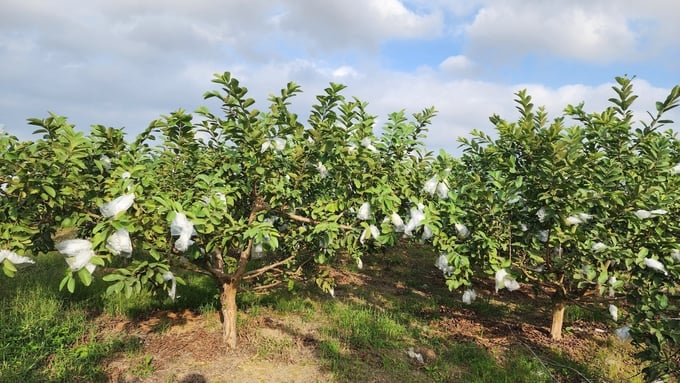
Taiwanese guava tree in An Hoa commune, An Duong district. Photo: Dinh Muoi.
An Hoa commune is the largest vegetable and fruit tree area in the An Duong district (Hai Phong city). Of the 427 hectares of agricultural land, An Hoa commune's rice growing area is about 300 hectares, vegetables are 97 hectares, and Taiwan pear guava is 30 hectares.
Previously, the income of people in An Hoa commune was mainly from rice and jicama cultivation. Later, when rice cultivation became less and less effective, many households proactively changed their crop structure, converting ineffective rice land areas to growing Taiwanese pear guava.
Initially, only a few households planted guava pear varieties with the mindset of "trying and learning." Due to technical guidance from the local agricultural industry and the fact that they are suitable for the soil, guava trees grow well. Thanks to the much higher economic efficiency of rice cultivation, many households have boldly converted, and now the guava growing area in An Hoa commune has reached 30 hectares.
One of the first households to test guava trees in An Hoa commune was Mr. Ngo Van Chien's family. With just over 4,000 square meters of guava planted yearly, the garden brings his family over VND 150 million, with an average income of more than VND 15 million/acre.
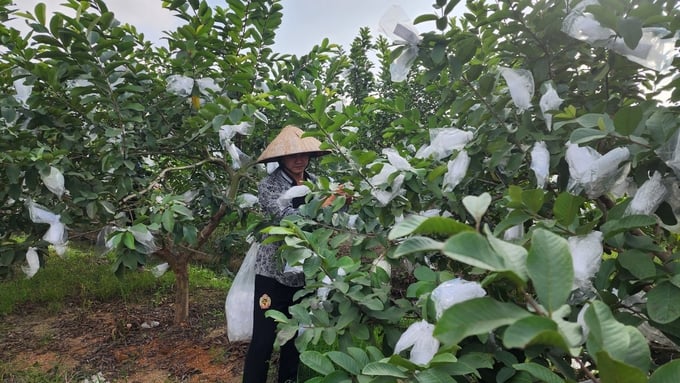
Guava trees are covered with fruit, so the use of pesticides is minimized, and the product is safe. Photo: Dinh Muoi.
Finding it suitable, in 2018, Mr. Chien ordered 500 Taiwanese guava pear trees at the Vietnam Academy of Agriculture to be planted on an area of 1.2 acres. Nearly a year later, the guavas began to bear fruit. For the first time, Mr. Chien saw a guava with a strange shape, yellow-green on the outside, shaped like a pear, large and delicious, crunchy, and sweet.
When it's time to harvest, it's easier than other crops, and traders come to buy it in the garden for VND 14,000 - 15,000/kg. In the first harvest, after deducting expenses, Mr. Chien's family earned VND 150 million, an income many times higher than that of previous rice farming.
From Mr. Chien's family's success in converting crop structure, many households with agricultural land in An Hoa commune also boldly converted ineffective rice-growing areas to guava growing.
Mr. Le Van Hao, residing in Village 4, An Hoa Commune, shared: In 2019 when he saw that some households in the commune were growing guava pears more effectively than increasing rice, his family converted four field poles of ineffective rice fields went to trial planting and also won the first crop. Based on the model results, his family has expanded the guava growing area to nearly 3 acres.
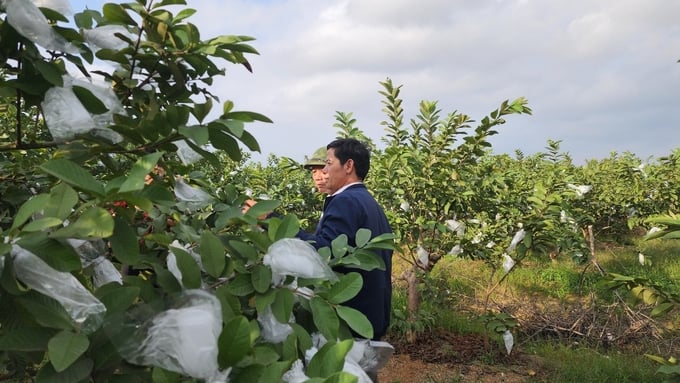
Currently, guava growers in An Hoa commune are focusing on applying organic farming methods to protect the ecological environment of the fields. Photo: Dinh Muoi.
According to Mr. Ngo Van Dao, Director of Ha Nhuan Agricultural Cooperative (An Hoa commune), converting ineffective rice to guava cultivation will thrive from 2021 when the Taiwanese pear guava variety is considered effective high economic. The commune has more than 50 guava-growing households out of the initial few households. People always learn and share their experiences and farming techniques, especially when gradually switching to organic guava farming.
Mr. Nguyen Van Hung - Vice Chairman of An Hoa Commune People's Committee, said that in recent years, converting ineffective land areas to growing fruit trees and high-income crops is a positive direction that the commune has focused on.
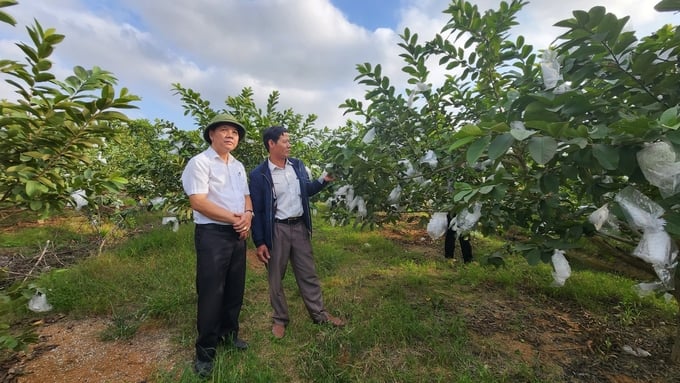
Nguyen Van Hung, Vice Chairman of An Hoa Commune People's Committee (left) and Director of Ha Nhuan Agricultural Cooperative, shared about the economic efficiency of guava trees. Photo: Dinh Muoi.
Recently, the locality has had many solutions to encourage households to change their crop structure, accumulate land, and form specialized guava growing areas. Although the Taiwanese guava pear tree has only been planted in An Hoa for five years, the economic efficiency is quite clear. This solution helps overcome the situation of farmers leaving their fields fallow and limits the area of irregular cultivation in the locality.
According to the Department of Agriculture and Rural Development of An Duong district, not only the model of growing Taiwanese guava and Korean melon from the conversion of crop structure, but many production models have appeared in the district that bring economic efficiency and high economic value contributing to gradually solving the problem of abandoned agricultural land. In 2023, the entire An Duong district has helped reduce the area of abandoned fields to just over 642 hectares, down nearly 76.7 hectares compared to 2022.
The Department of Agriculture and Rural Development of An Duong district is coordinating with the consulting unit to survey, evaluate, develop plans, and propose support for production certification according to VietGAP standards for guava growing models (An Hoa commune, Le Thien commune), growing Chinese coriander (An Hong commune), growing Dong Du oranges (Bac Son commune), making bean sprouts (Dai Ban commune).
Translated by Ha Phuc
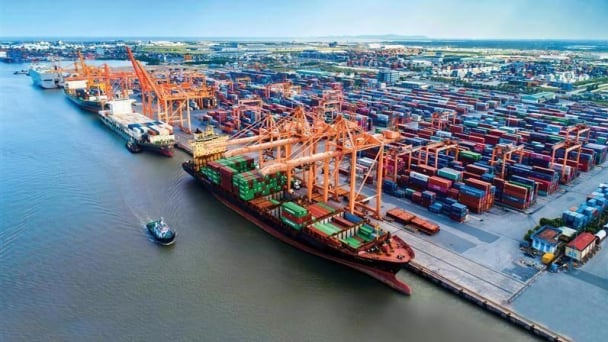
(VAN) South Korea is currently the second-largest investor in Hai Phong in terms of the number of projects (186 projects) and the largest in terms of total registered investment capital, reaching USD 14.2 billion.
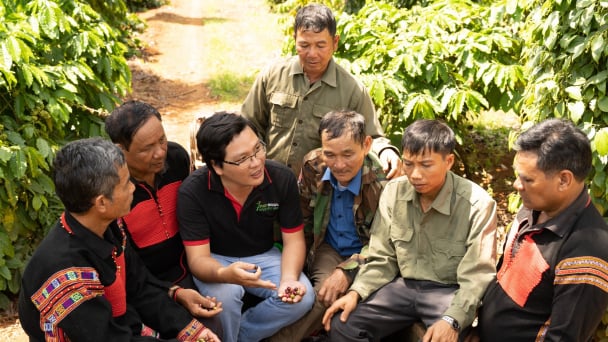
(VAN) As consumers become more environmentally conscious, legal regulations grow increasingly stringent...
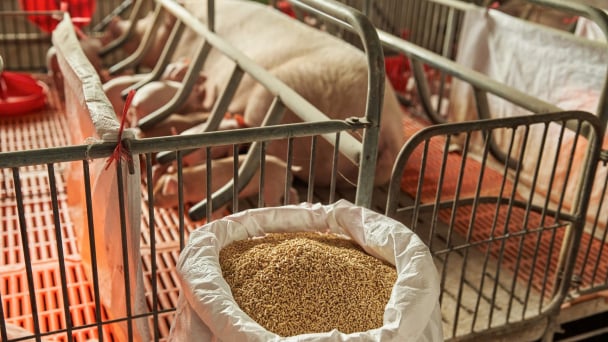
(VAN) CJ Feed&Care officially launched the FCR improvement campaign called “2025 Find Challenge Reach” in April 2025. In Vietnam, this campaign is implemented by CJ Vina Agri.
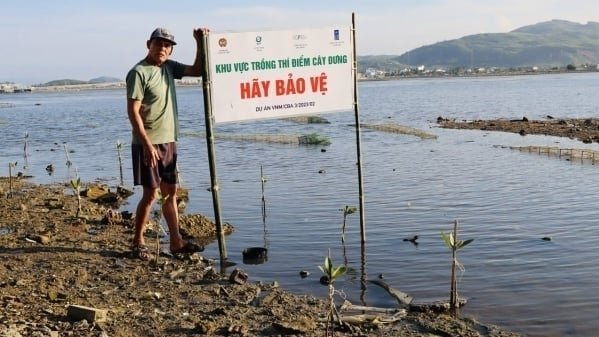
(VAN) The swamp in Pho Thanh is gradually being covered with red mangrove, creating a favorable environment for producing clean, high-quality salt.

(VAN) The trade turnover of agro-forestry-fishery products is growing significantly, along with investment cooperation commitments that are opening up new development directions between Vietnam and Russia.
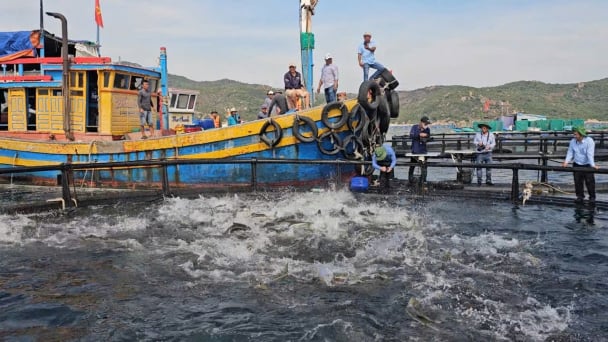
(VAN) Khanh Hoa is investing over 545 billion VND to develop 240 hectares of high-tech marine aquaculture in order to guarantee a consistent supply of seafood exports and achieve the USD 1 billion target.
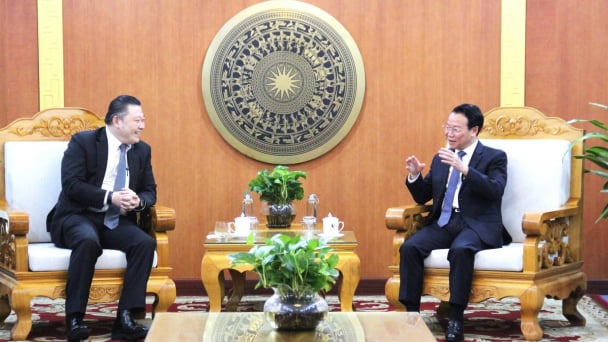
(VAN) Minister of Agriculture and Environment Do Duc Duy held a meeting with Soopakij Chearavanont, Chairman of C.P. Group, on May 15.